Fluorometer Market Summary
The global fluorometer market is projected to grow from 1.68 USD billion in 2024 to 3.13 USD billion by 2035, reflecting a robust growth trajectory.
Key Market Trends & Highlights
Fluorometer Key Trends and Highlights
- The market is expected to achieve a compound annual growth rate (CAGR) of 5.83 percent from 2025 to 2035.
- By 2035, the fluorometer market is anticipated to reach a valuation of 3.13 USD billion, indicating substantial growth opportunities.
- in 2024, the market is valued at 1.68 USD billion, laying a solid foundation for future expansion.
- Growing adoption of advanced fluorometric techniques due to increasing demand for precise analytical tools is a major market driver.
Market Size & Forecast
| 2024 Market Size | 1.68 (USD Billion) |
| 2035 Market Size | 3.13 (USD Billion) |
| CAGR (2025-2035) | 5.81% |
Major Players
Danaher, Tosoh, Biotek Instruments, Thermo Fisher Scientific, Cary Company, Molecular Devices, BioRad Laboratories, Shimadzu, Tecan, Agilent Technologies, Analytik Jena, PerkinElmer, Horiba, Becton, Dickinson and Company, Eppendorf


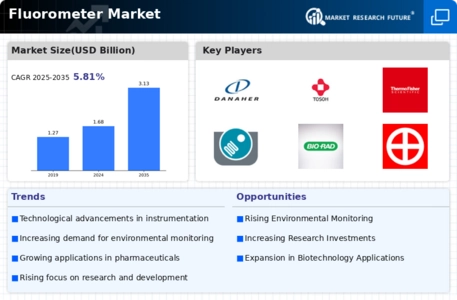


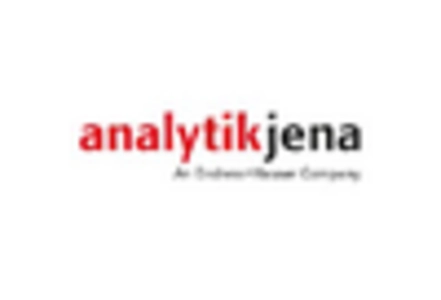



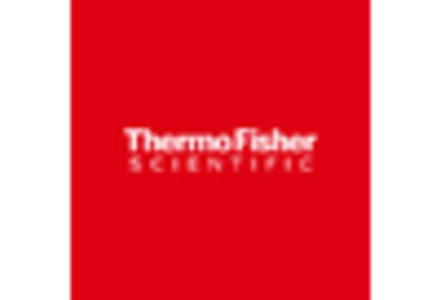

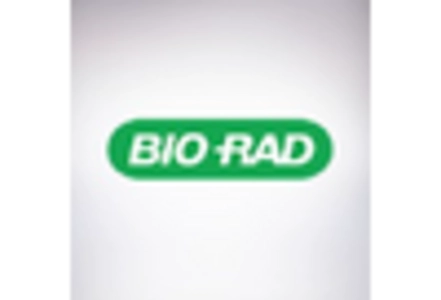

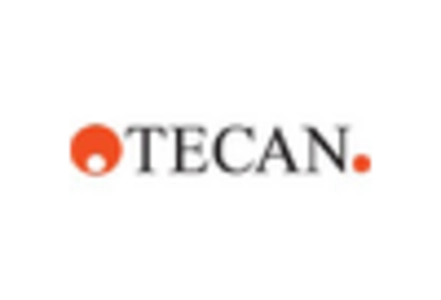








Leave a Comment